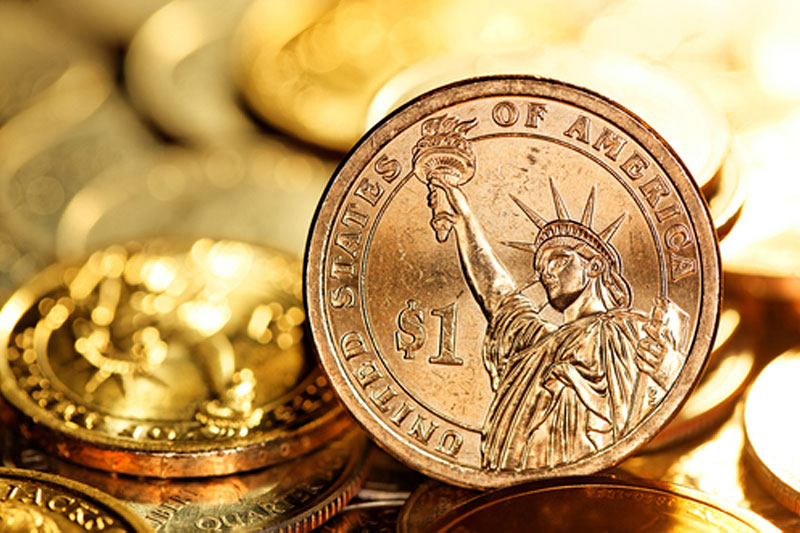Investing.com - The dollar remained broadly lower against the other major currencies on Tuesday, despite the release of strong U.S. factory orders data, as investors eyed the European Central Bank's policy meeting scheduled later in the week.
The dollar was lower against the euro, with EUR/USD adding 0.16% to 1.3620.
Official data showed that U.S. factory orders rose 0.7% in April, beating expectations for a 0.5% gain, after an upwardly revised 1.5% increase in March.
The single currency strengthened earlier, after data showed that the unemployment rate in the single currency bloc ticked down to 11.7% in April, from 11.8% the previous month, confounding expectations for the rate to remain unchanged.
Separately, Eurostat said consumer price inflation in the euro zone increased by 0.5% last month, down from 0.7% in April and missing expectations for a reading of 0.7%. The rate stands well below the European Central Bank's target of near but just under 2%.
Data also showed that the number of unemployed people in Spain dropped by 111,900 last month, compared to expectations for a 112,300 decline, after a 111,600 fall in April.
But sentiment on the single currency remained vulnerable after data on Friday showing that the annual rate of inflation in Italy and Spain slowed in May added to expectations that the ECB will take steps to tackle low consumer price growth.
The pound was steady against the dollar, with GBP/USD down 0.06% to 1.6736.
Sterling's gains were capped after Markit research group said the U.K. construction PMI ticked down to 60.0 in May, from a reading of 60.8 the previous month. Analysts had expected the index to remain unchanged last month.
The dollar was little changed against the yen, with USD/JPY easing up 0.04% to 104.43 and lower against the Swiss franc, with USD/CHF slipping 0.21% to 0.8969.
The greenback was mixed to lower against the Australian, New Zealand and Canadian dollars, with AUD/USD adding 0.15% to 0.9261, NZD/USD edging 0.11% higher to 0.8463 and USD/CAD easing up 0.08% to 1.0909.
Earlier in the day, official data showed that retail sales in Australia rose 0.2% in April, disappointing expectations for a 0.3% gain, after a 0.1% uptick the previous month.
Separately, the Bank of Australia left its benchmark interest rate at 2.5% in a widely expected move and said that "on present indications, the most prudent course is likely to be a period of stability in interest rates."
The export-related currencies also found some support after data released earlier showed that China’s final HSBC Purchasing Managers Index came in at 49.4, down from a preliminary reading of 49.7, but higher then April's reading of 48.1.
A separate report showed that activity in the country's services sector rose to a six-month high in May.
The US Dollar Index, which tracks the performance of the greenback versus a basket of six other major currencies, was down 0.10% to 80.60.
